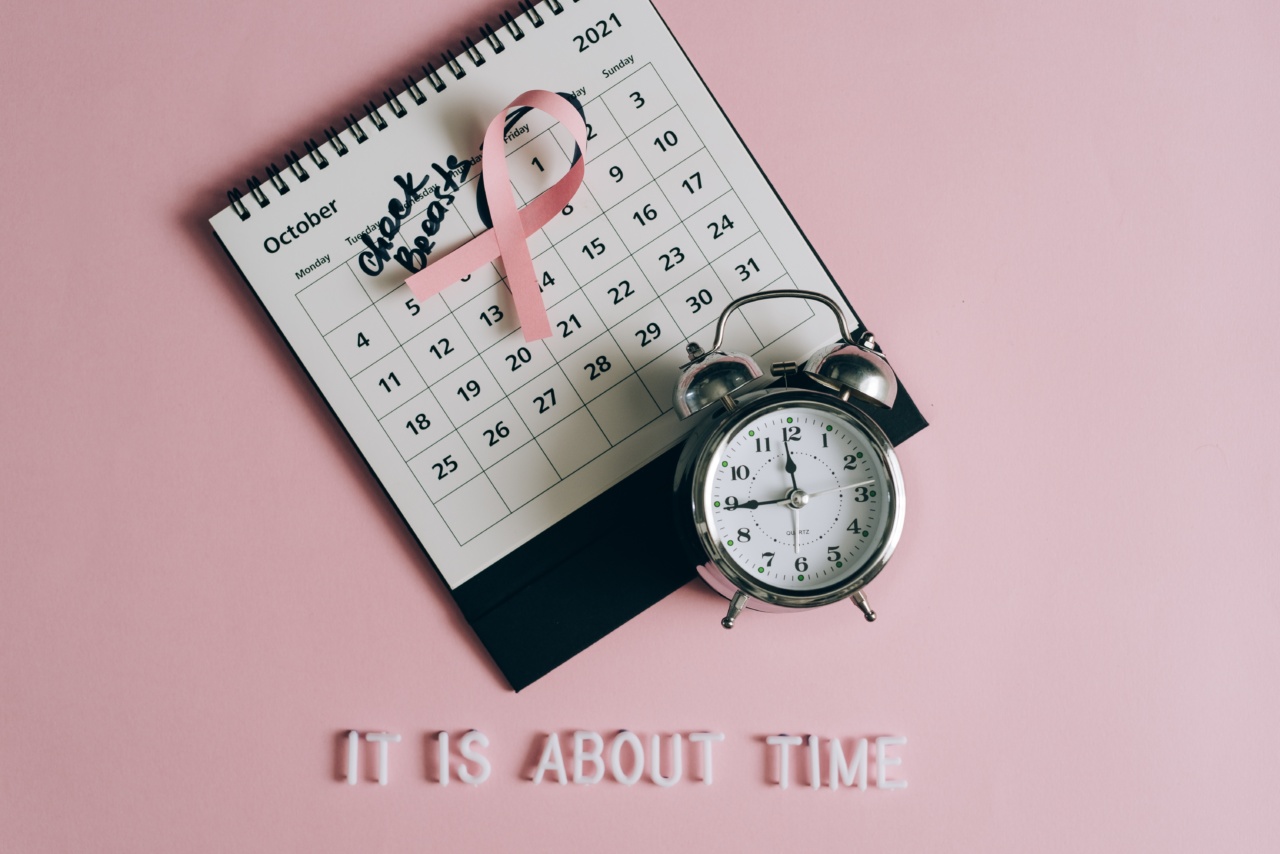Mammography is a technique that uses low-dose X-rays to examine the breasts and detect any signs of breast cancer.
It has proven to be the most effective screening tool for early detection, allowing for timely treatment and significantly improving survival rates. Breast cancer is the most common cancer among women worldwide, with millions of cases diagnosed every year.
But with regular mammograms, women can take a proactive approach to their health and detect breast cancer in its early stages when it is most treatable.
The Basics of Mammography
Mammography is a relatively quick and painless procedure that involves imaging the breast tissue using a specialized X-ray machine called a mammogram.
During the mammogram, the breasts are compressed between two plates to spread out the breast tissue and obtain clearer images. The radiologist then carefully reviews these images to identify any signs of abnormalities, such as lumps, calcifications, or distortions.
The Importance of Regular Mammograms
Regular mammograms are crucial for the early detection of breast cancer, especially for women aged 40 and above. Detecting breast cancer at an early stage significantly increases the chances of successful treatment and survival.
It is recommended that women undergo a mammogram every one to two years, depending on their age and risk factors. Your healthcare provider can guide you on the frequency and timing of mammograms based on your individual circumstances.
Mammography and Breast Cancer Risk Factors
Breast cancer risk factors can vary from person to person, and while some factors are beyond our control, others can be influenced to reduce the risk.
It is essential to understand how these risk factors interact with mammography in the context of breast cancer screening.
1. Age
Age is one of the most significant risk factors for breast cancer. As women get older, their risk increases. Mammography is particularly important for women aged 40 and older, as the risk of developing breast cancer rises significantly in this age group.
2. Family History
A family history of breast cancer, especially in first-degree relatives like a mother or sister, increases a woman’s risk.
If you have a family history of breast cancer, your doctor may recommend starting mammograms at a younger age or more frequent screenings.
3. Genetic Mutations
Genetic mutations, such as the BRCA1 and BRCA2 genes, significantly increase the risk of developing breast cancer. Women with these mutations are often advised to have mammograms earlier and more frequently.
4. Hormonal Factors
Hormonal factors, such as early menstruation, late menopause, and hormone replacement therapy, can affect breast cancer risk. Regular mammograms are essential for women with these hormonal risk factors.
5. Previous Breast Conditions
Having previous benign breast conditions, such as atypical hyperplasia or lobular carcinoma in situ (LCIS), increases the risk of developing breast cancer. It is vital for women with these conditions to have regular mammograms.
6. Lifestyle Choices
Lifestyle choices, such as excessive alcohol consumption, obesity, and sedentary behavior, have been linked to a higher risk of breast cancer. By maintaining a healthy lifestyle and getting regular mammograms, women can mitigate some of these risks.
Mammography: Beyond Detection
Mammograms not only detect breast cancer at its early stages but also have other benefits:.
1. Early Detection and Treatment
Mammography plays a vital role in detecting breast cancer early, which allows for prompt treatment. Early treatment increases the likelihood of successful outcomes and reduces the need for extensive interventions.
2. Screening for High-Risk Populations
Mammograms are particularly important for women at higher risk, such as those with a family history or genetic mutations. Regular mammograms can help identify potential problems before symptoms emerge.
3. Monitoring Breast Health
Mammograms provide a baseline for future comparisons, helping healthcare providers monitor any changes that may occur over time. This allows for personalized risk assessments and tailored prevention strategies.
4. Reducing False Positives
Mammograms have become increasingly accurate over time, resulting in fewer false-positive results. This reduces unnecessary anxiety and further invasive testing that may not be required.
5. Cutting-Edge Technology
Advancements in mammography technology, such as digital mammography and 3D mammography (tomosynthesis), have improved imaging capabilities, resulting in enhanced accuracy and early detection rates.
6. Patient Empowerment
Mammograms empower women to take control of their breast health. By scheduling regular screenings, women can actively participate in their own well-being and potentially detect cancer when it is most treatable.
Mammography and Breast Density
Breast density refers to the proportion of glandular and fibrous tissue compared to fatty tissue in the breast. Dense breast tissue can sometimes obscure small abnormalities, making it more challenging to detect cancer on a mammogram.
Women with dense breasts may require additional screening tests, such as ultrasound or MRI, to ensure a thorough examination.
The Future of Mammography
Researchers and scientists are continually working to refine mammography and develop new technologies to enhance its capabilities. Some advancements on the horizon include:.
1. Molecular Breast Imaging (MBI)
MBI uses a radioactive tracer to identify breast abnormalities. It has shown promising results in detecting small tumors in dense breast tissue.
2. Contrast-Enhanced Mammography (CEM)
CEM involves injecting a contrast dye into the breast, improving the visibility of abnormal areas. This technique may help in identifying cancers that would otherwise remain undetected on a traditional mammogram.
3. Automated Breast Ultrasound (ABUS)
ABUS utilizes sound waves to create detailed images of the breast. It is particularly useful for women with dense breasts, as it can detect abnormalities that may be missed by mammography alone.
Conclusion
Mammography is a powerful tool in the fight against breast cancer. Regular screenings enable early detection and increase the chances of successful treatment.
By making mammograms a priority, women can take control of their breast health and minimize the impact of breast cancer. Remember, early detection saves lives!.



























